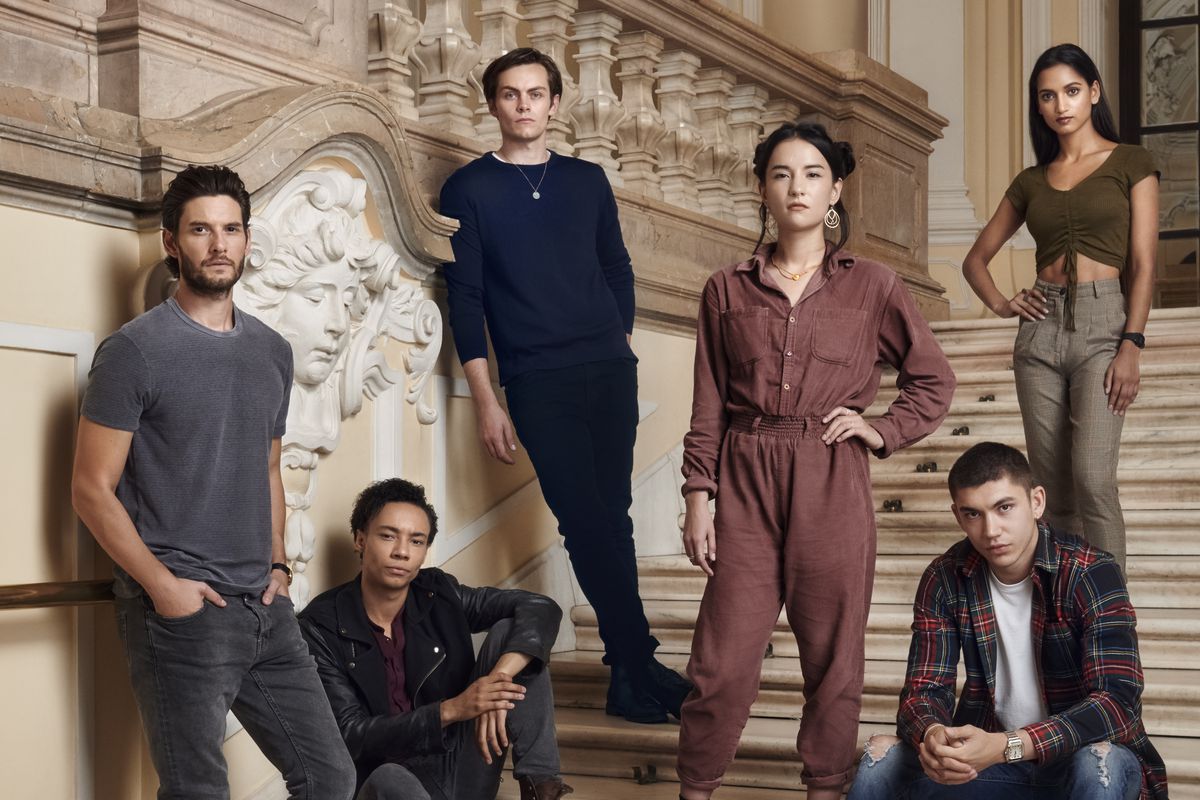Table of Contents Show
With the current influx of adaptations and the never-ending torrent of Disney live-action remakes, it seems like no original content is safe from being reborn into a new medium. Leigh Bardugo’s Shadow and Bone series is no exception. Netflix announced that the Shadow and Bone books would be made into a TV show last January, and the series wrapped production in February 2020 but has no official release date (( Tigran Asatryan, “Netflix’s ‘Shadow and Bone’ Season 1: What We Know So Far,” What’s on Netflix (What’s on Netflix, July 29, 2020), https://www.whats-on-netflix.com/news/netflixs-shadow-and-bone-season-1-what-we-know-so-far/ )).
The YA book series is very popular and has spawned two duologies so far. The upcoming show will combine elements of Shadow and Bone with those from its first spinoff series, Six of Crows. With Netflix’s resources and a large fanbase, the Shadow and Bone adaptation has the potential to be popular. But the path from a successful book series to a successful TV show is muddled, and there is a chance that some crucial components will get lost in translation.
Netflix has been making some excellent television lately, but there are several reasons why readers might be concerned about the upcoming show. Satisfying fans of Shadow and Bone will be a daunting task, but preserving the series’ worldbuilding and character dynamics will be the best way to be successful for the new adaptation.
What Goes Wrong With Book-To-Screen Adaptations?
If fans are wary of the Shadow and Bone adaptation, they have every right to be. Too many people who have experienced the pain and crushing disappointment of watching a beloved book suffer from appalling on-screen representation. Popular series like Percy Jackson, Eragon, and now Artemis Fowl have all met this fate. But why is a successful adaptation so difficult? There are a few common problems that arise when translating a written novel into a movie or TV show.
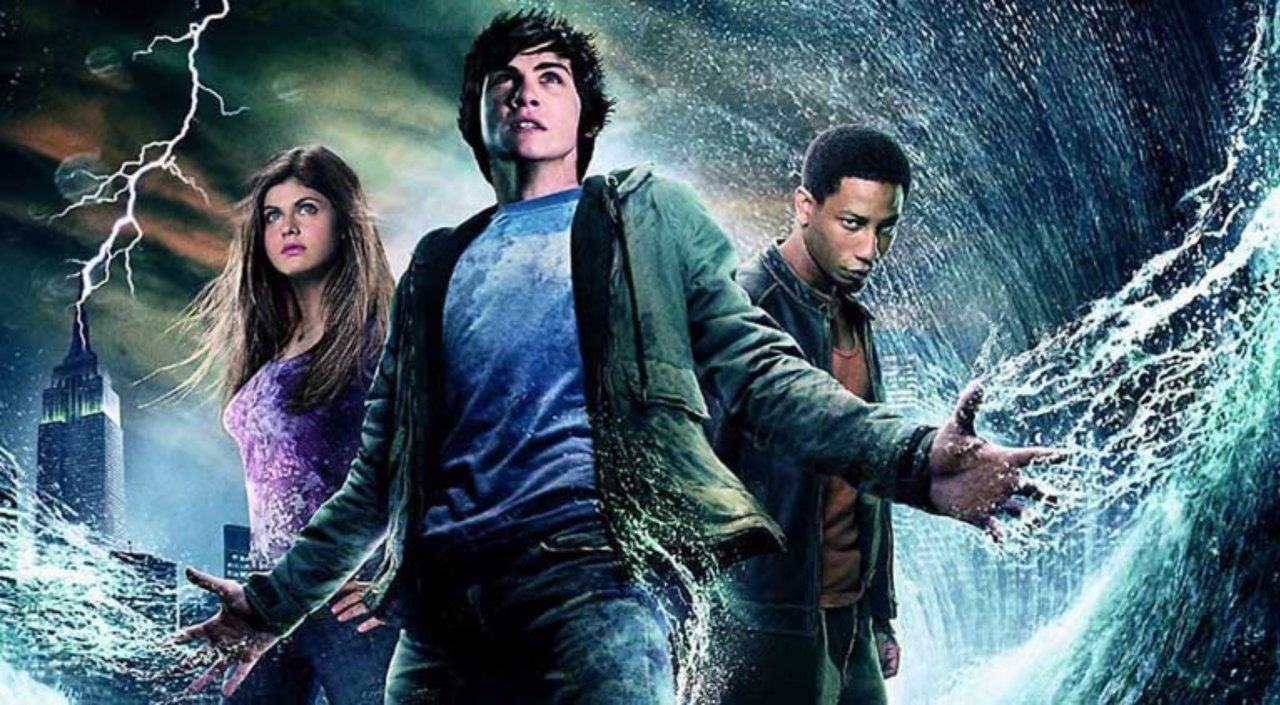
First and foremost, there is the issue of time. Novels generally take longer to consume than movies, and many adaptations pay the price for trying to stuff a complex book into a ninety-minute feature film. Luckily, the Shadow and Bone adaptation is going to be a TV series, which will allow the creators to develop the plot at a better pace. But this doesn’t guarantee success. Especially since the show will weave together Shadow and Bone and Six of Crows, the creators need to be especially careful to show an even progression of both storylines.
Another common flaw in book-to-screen adaptations is the omission of minor characters, themes, or plot points for the sake of time or budget. For an author, words don’t cost much, but for the creators of a film or television show, a bit of interesting description can cost thousands of dollars’ worth of special effects. To appease the budget, producers might cut certain elements that seem inconsequential yet are beloved by readers or part of the original work’s charm. In all fairness, adapting a story for the screen is a complex and difficult process, but fans won’t be forgiving if their favorite elements are reduced or missing entirely.
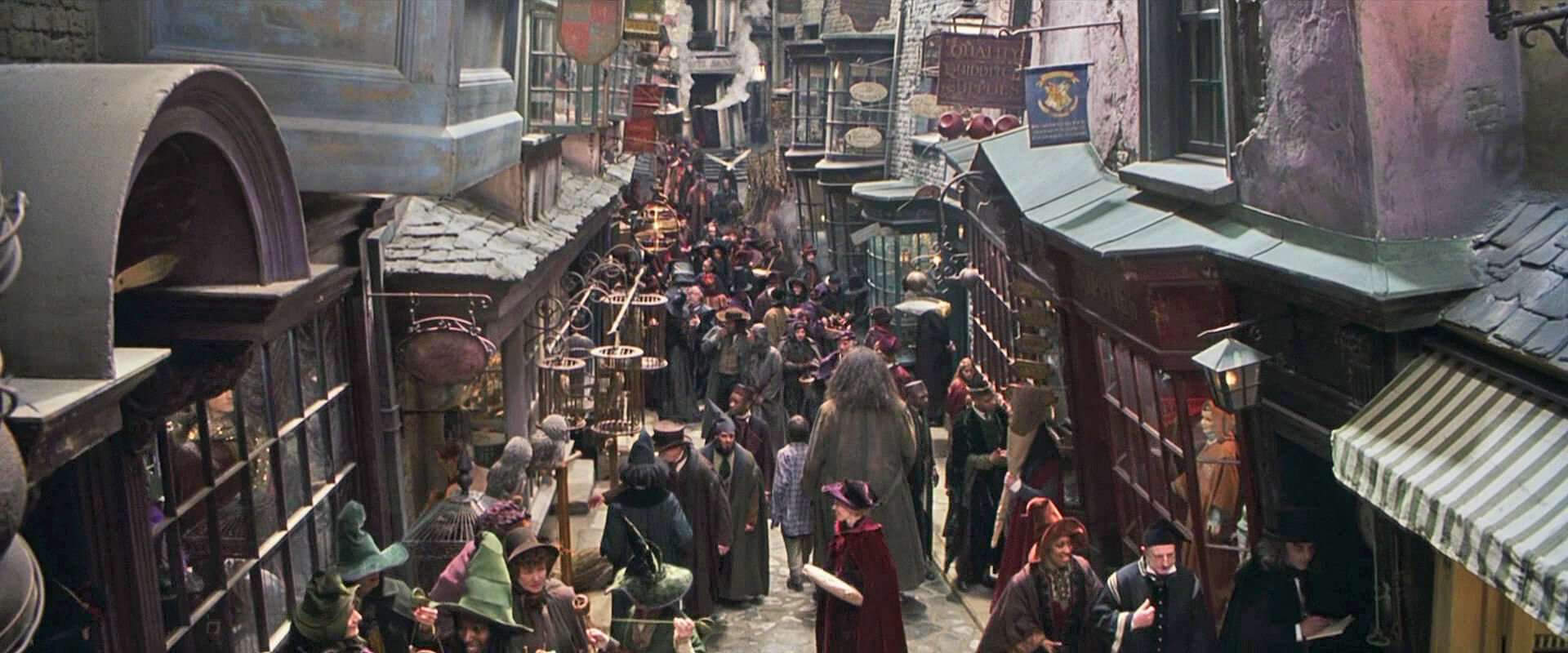
An additional consideration is the overall feel of the book. This can be hard to pin down, but many fantasy stories have a characteristic mood to them that needs to be recreated in any adaptation. A successful example is the Harry Potter series. The books worked in part because of the novelty and unique setting, and the movies did an excellent job maintaining this feel. The setting they created was distinct and magical, and it brought the disheveled wonder of the wizarding world to life. Preserving the atmosphere of the original work is one of the most crucial tasks for book-to-screen adaptations. Failing to do so can sink an otherwise well-crafted remake.
The Shadow and Bone Adaptation Will Feature An Altered Plot
With these goals in mind, let’s take a look at the upcoming Shadow and Bone series. Bardugo has stated that the plot of the Netflix show is going to be vastly different from that of the books (( Tigran Asatryan, “Netflix’s ‘Shadow and Bone’ Season 1: What We Know So Far,” What’s on Netflix (What’s on Netflix, July 29, 2020), https://www.whats-on-netflix.com/news/netflixs-shadow-and-bone-season-1-what-we-know-so-far/ )). To say the least, this is scary for fans. A big part of the story we know and love is, of course, the story itself. With so little information about the new plot, fans are left in the dark, wondering whether their favorite parts will be kept or cut.
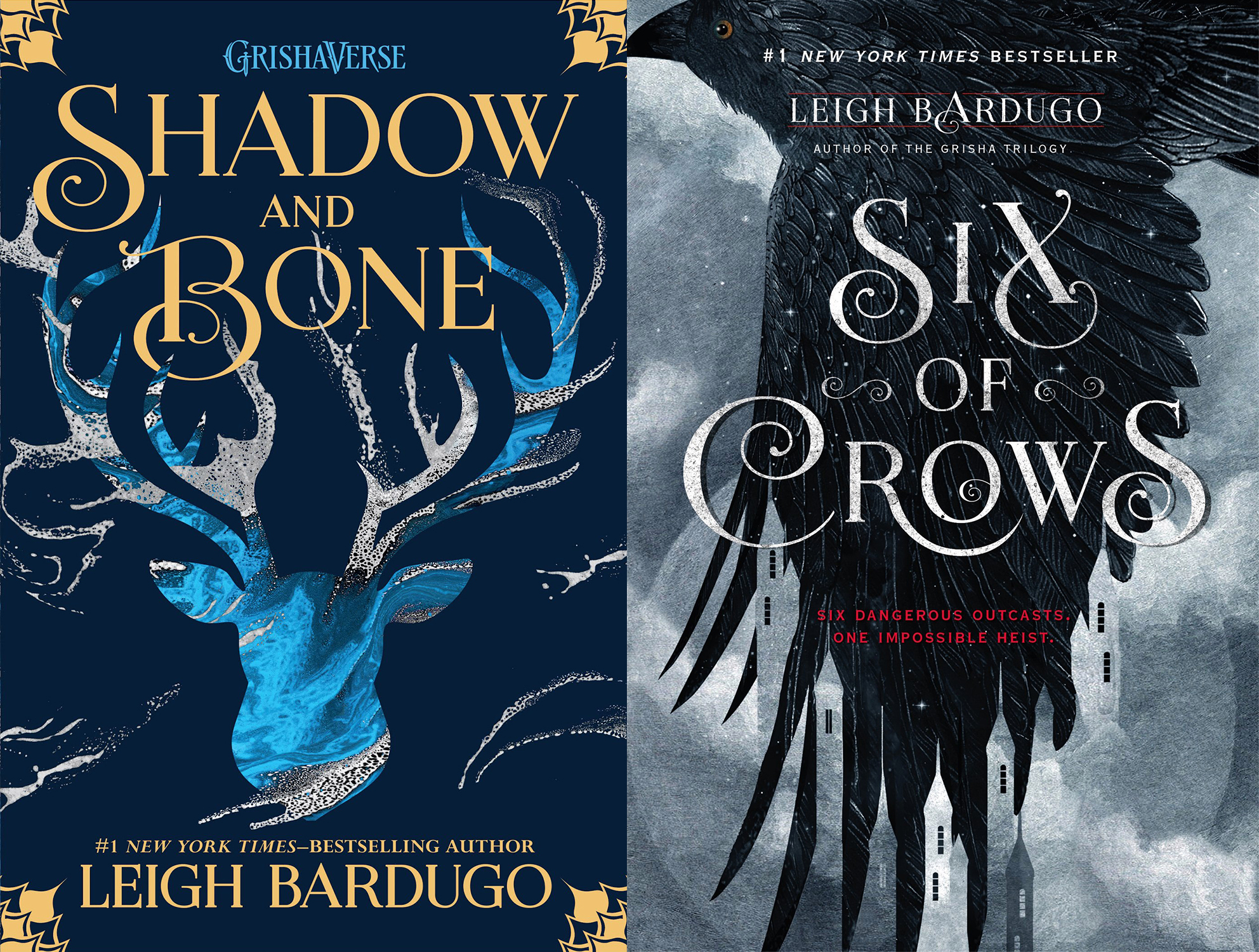
Reworking the story in this manner isn’t a terrible idea, but the show needs to preserve the basic structure of each series. The original Shadow and Bone trilogy follows a soldier with a unique power struggling to meet her new responsibilities and avoid manipulation by those who wish to use her. Six of Crows is a heist story at heart, albeit with a little save-the-world action sprinkled in.
These two series take place in the same fantasy world and are only a few years apart, but the situations and characters they feature are wildly different. Respecting their distinct frameworks is essential, especially since the Netflix show will be combining these previously separate stories. Both series used the societal role of magic users as thematic material, so they could potentially be linked through this concept.
However, speculation remains difficult. Very little information on the show’s plot has been released, so predictions about the new series have limited evidence to back them up. The lack of information about this unfamiliar story might have some fans worried, but the adaptation can still be successful as long as it maintains certain elements of the books.
Shadow and Bone’s Worldbuilding Must Be Respected
One of the main draws of the Shadow and Bone book series is the setting. It takes a break from the well-worn medieval European fantasy setting in favor of a country inspired by nineteenth-century Russia. The books depict a nation on the brink of industrialization, weakened by division and threatened by forces both inside and out. Six of Crows takes place in a different part of the same world yet is no less intriguing, featuring a vivid and tangible city modeled after Amsterdam. For the adaptation to really shine, viewers need to feel just as immersed in the show’s setting as readers do in the books’ locales.
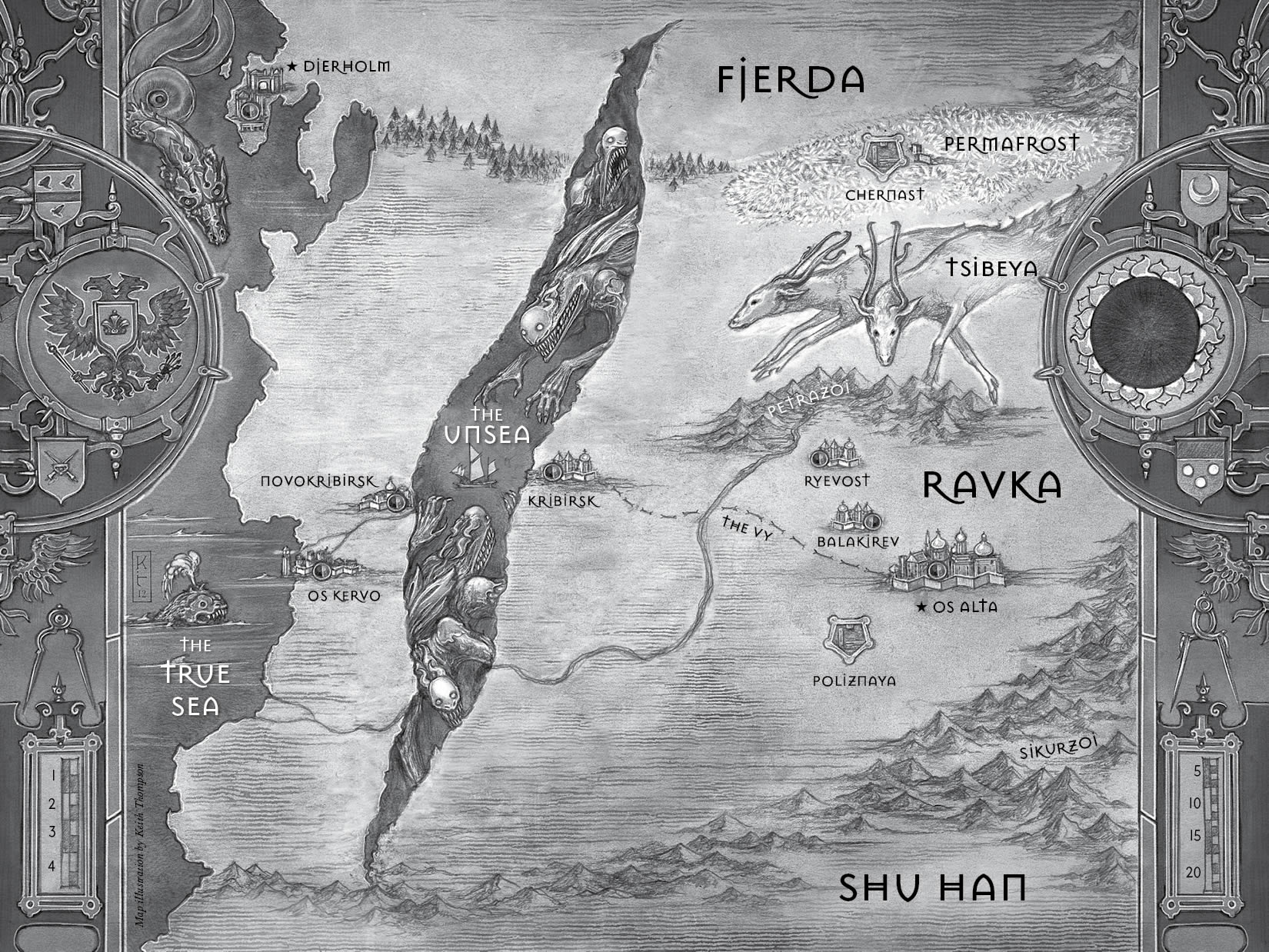
The magic system is another instrumental piece of worldbuilding in Shadow and Bone. The books include a hard magic system, which means that the workings of this world’s magic are mostly defined by clear-cut, distinct rules. There are a few exceptions, but overall the system prevents plot holes and helps the reader understand each character’s abilities. The show’s producers need to respect the characters’ power, but also their limitations. Expanding the magic system to extreme levels just for a spectacle might be tempting for the creators, but doing so would disrupt the balance of the story.
Characters Are Key
As vital as the setting is for satisfying Shadow and Bone fans, one element stands out as especially critical to the success of the adaptation: characters. While preserving the personalities of the characters is important for any adaptation, both Shadow and Bone and Six of Crows stand out in their inclusion of distinct and layered people that continue to charm readers. Fan favorites like Nikolai and Genya are crucial components of the book series, and they deserve the same attention and importance that they are given in the novels.
More important than any individual character is the dynamics between groups in the novel. Both series include sets of people whose strengths and weaknesses complement the team as a whole without reducing them to simple caricatures. The books are also known for their banter, which makes the characters’ interactions more enjoyable and age-appropriate. The new show needs to ensure that the characters have chemistry and play off of each other as they do in the novels.
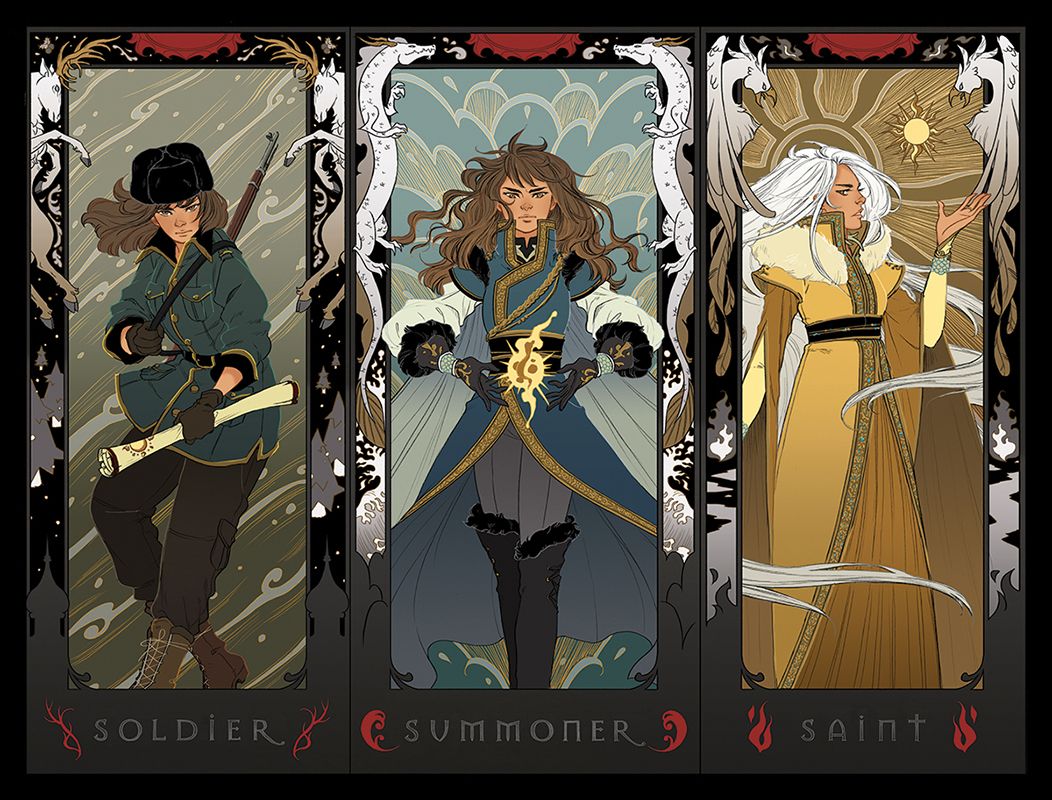
Part of this dynamic includes romance. One of the most refreshing things about both book series is the relatively slow-burn romance. Most of the characters who end up together have known each other for a while, and those who haven’t get plenty of time to develop their affections. This is a welcome break from the whirlwind instalove that is unfortunately so common in the YA genre.
Furthermore, the writers will hopefully respect the distinctive nature of each pairing, especially among the Six of Crows characters. One of the romances is very open and passionate, while another includes hardly any physical contact. Showcasing these different types of attraction is particularly refreshing, so the adaptation would be wise to depict these couples similar to how they were in the books. Forcing a kiss into a relationship that originally culminated in hand-holding would be a disservice to fans and the book’s nuanced romance.
Points Of Concern
Despite ignoring the giant question mark over the adaptation’s plot, there are a few issues that fans might find worrying. For one, many readers prefer the Six of Crows series over Shadow and Bone, so merging them might be tricky. In the books, the plot of Shadow and Bone had already been resolved by the time of Six of Crows, although a few characters from the first trilogy make a minor appearance in the duology. In the adaptation, it seems that these stories will be occurring at the same time and bound to intersect.
If the creators take this route, it will be important to make sure that the duology’s characters are incorporated meaningfully rather than just shoehorned into the main conflict. However, they also need to avoid taking either group of characters out of their element in an attempt to force them together. Tossing the Six of Crows gang into Shadow and Bone’s fight for good and evil would put them in a far different situation than what they were written for, which wouldn’t be satisfying for fans.
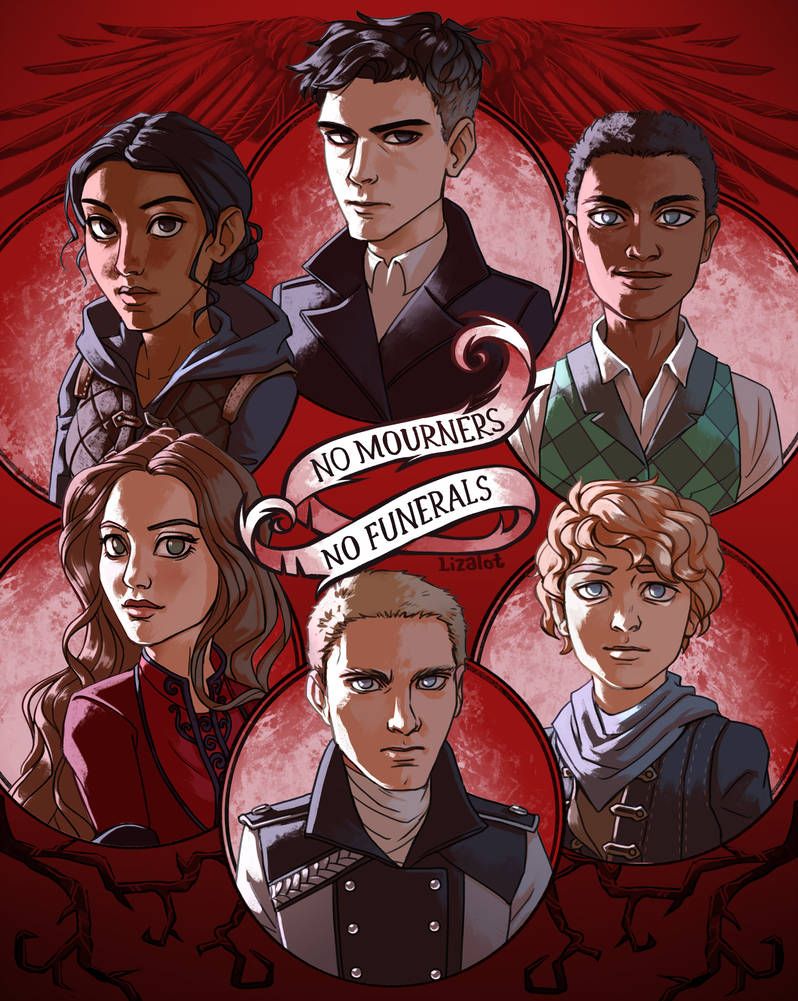
Another problem has to do with the Darkling, the big bad of Shadow and Bone. According to the cast list, the Darkling and a new character called General Kirigan are going to be played by the same person (( Stubby the Rocket, “Netflix’s Shadow and Bone Adaptation Casts 7 More Characters As Leigh Bardugo Reveals Plot Details,” Tor.com, December 18, 2019, https://www.tor.com/2019/12/18/netflixs-shadow-and-bone-adaptation-casts-7-more-characters-as-leigh-bardugo-reveals-plot-details/ )). This implies that General Kirigan is the Darkling undercover, but this doesn’t seem consistent with the Darkling’s character in Shadow and Bone.
The Darkling was a person of power in the book series, and he was happy to let others know about it. He had no intention of hiding his identity from anyone, especially not Alina. In fact, part of his plan involved using his status to distract her from his sinister intentions. This could, again, be explained by the general mystery shrouding the plot of the new Netflix series, but so far it seems like a break from his character.
Reasons For Hope
Despite these concerns, there are some signs that we can be positive about the quality of the new show. First, many talented and well-known figures have been working on the series. Leigh Bardugo will be one of the producers, so her involvement will hopefully steer the adaptation in the right direction (( Nellie Andreeva, “Netflix Orders ‘Shadow And Bone’ Series Based On Leigh Bardugo’s Grishaverse Novels From Eric Heisserer & Shawn Levy,” Deadline (Deadline, January 11, 2019), https://deadline.com/2019/01/netflix-orders-shadow-and-bone-series-leigh-bardugo-grishaverse-fantasy-novels-1202532783/ )).
Furthermore, the team includes David J. Peterson, who has made fictional languages for major hits like Game of Thrones (( Stubby the Rocket, “Everything We Learned About Netflix’s Shadow and Bone, From Ben Barnes’ Collider Interview,” Tor.com, May 4, 2020, https://www.tor.com/2020/05/04/everything-we-learned-about-netflixs-shadow-and-bone-from-ben-barnes-collider-interview/ )). Going through the trouble of giving the adaptation its own language is a sign that the creators are putting effort into developing the setting and giving it a distinct feel.
Even this enigmatic new plot might have some good points. The series will be able to eschew some of the YA tropes and dress-up drama of the first book, making for a tighter story. Most notably, a new storyline could also improve the inclusion of the Six of Crows gang. If this is executed well, it will allow the adaptation to make the actions of the two character groups intersect more meaningfully than they did in the books.
Remakes Are A Double-Edged Sword
Striking a balance between adapting to a new medium and respecting the original work can be challenging. Netflix has produced some quality entertainment so far, and the creators likely realize that the Shadow and Bone adaptation is going to have big shoes to fill. The series is an opportunity to be a spectacular addition to the Shadow and Bone universe, but it also risks joining the sullen scrap-heap of abysmal book-to-screen remakes. While the revised plot leaves a lot in the air, the new show will likely land on its feet if it takes careful measures to develop the book’s setting and preserve the character dynamics that hooked so many readers.
